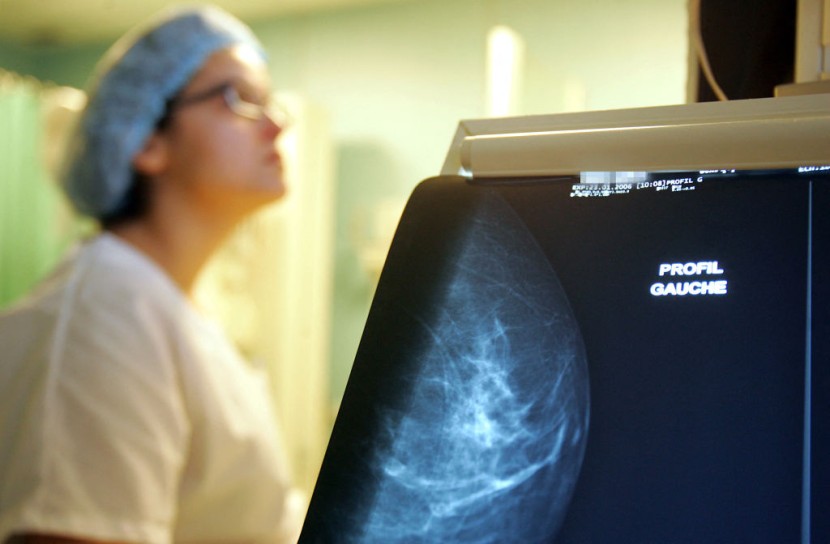
(Photo: by JOEL SAGET/AFP via Getty Images) Image faite lors d'une macrobiopsie par mammotome sur une patiente ayant présenté des lésions lors d'une mammographie le 08 mars 2006 à l'Institut Curie à Paris.
A clinical experiment is enlisting hundreds of participants, many of whom are Black women who have inequities in breast cancer death rates.
The study's participants include people like Carole Stovall, a psychologist in Washington, D.C., who wants to contribute to finding the solution.
Alzheimer's disease, stroke, and COVID-19 are just a few of the long-standing health issues that are impacted by the underrepresentation of women and minorities in research. Lack of diversity in clinical trials results in knowledge gaps regarding how novel medicines operate across the board.
Black women typically have earlier diagnoses and have a 40 percent higher mortality rate from breast cancer than white women. According to Dr. Worta McCaskill-Stevens of the National Cancer Institute, it is unclear if 3D mammography is beneficial for them.
Black McCaskill-Stevens is in charge of NCI's initiatives to increase minority and rural communities access to cancer research. She herself has enrolled in the study.
Although the more recent 3D method has been used for a decade, there has never been solid proof that it is superior to 2D at detecting advanced tumors, as reported by The Associated Press.
The screening method combines numerous images of the breast taken at various angles to produce an image that resembles 3D. Mammograms in 3D and 2D use low radiation doses and compress the breast.
More malignancies may be discovered in 3D than in 2D, however, this does not necessarily translate into more lives saved.
Standard screenings may miss some cancers that do not develop or require treatment. The gold standard for research, assigning patients to screening methods at random, was not followed in earlier studies.
It's not always true, McCaskill-Stevens said, "that if it's new, it's shiny, then it's better." "We need well-designed randomized trials until we have the evidence to support that," the researcher said.
Read also: AI Shows Promise in Early Detection of Breast Cancer
The Trial
With a target enrollment of 128,000, the trial has so far included nearly 93,000 women. The NCI-funded study is currently being conducted in 32 U.S. states as well as Canada, South Korea, Peru, Argentina, and Italy. Soon, patients will be accepted at a Thai location.
42 percent of participants are Hispanic overall. Enrolling Black women and other women of color will "absolutely" continue to be a priority as recruiting goes on, Pisano added.
A 2D or 3D mammography is randomly given to participants, and they are then monitored for several years afterward. We will contrast the number of advanced tumors found using the two approaches.
In comparison to conventional cancer treatment studies, where 9 percent of participants are Black, 21 percent of study participants in U.S. research locations are Black women, according to McCaskill-Stevens.
Compared to other study locations, the University of North Carolina has attracted the most Black women. Black women make up over a quarter of the almost 3,000 students at the two UNC campuses.
The 2017-launched study is open to female participants aged 45 to 74 who have no personal history of breast cancer. A large number of women are also contributing blood and cheek swab samples to a database that will be mined for information.
Related article: The Greatest Barrier to Beating Breast Cancer: Dr. Mona Jhaveri Explains the "Valley of Death"
© 2025 HNGN, All rights reserved. Do not reproduce without permission.








